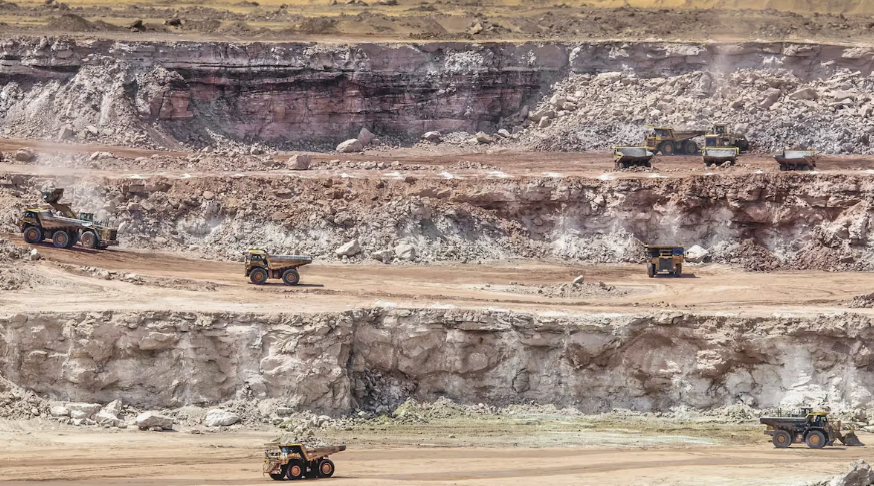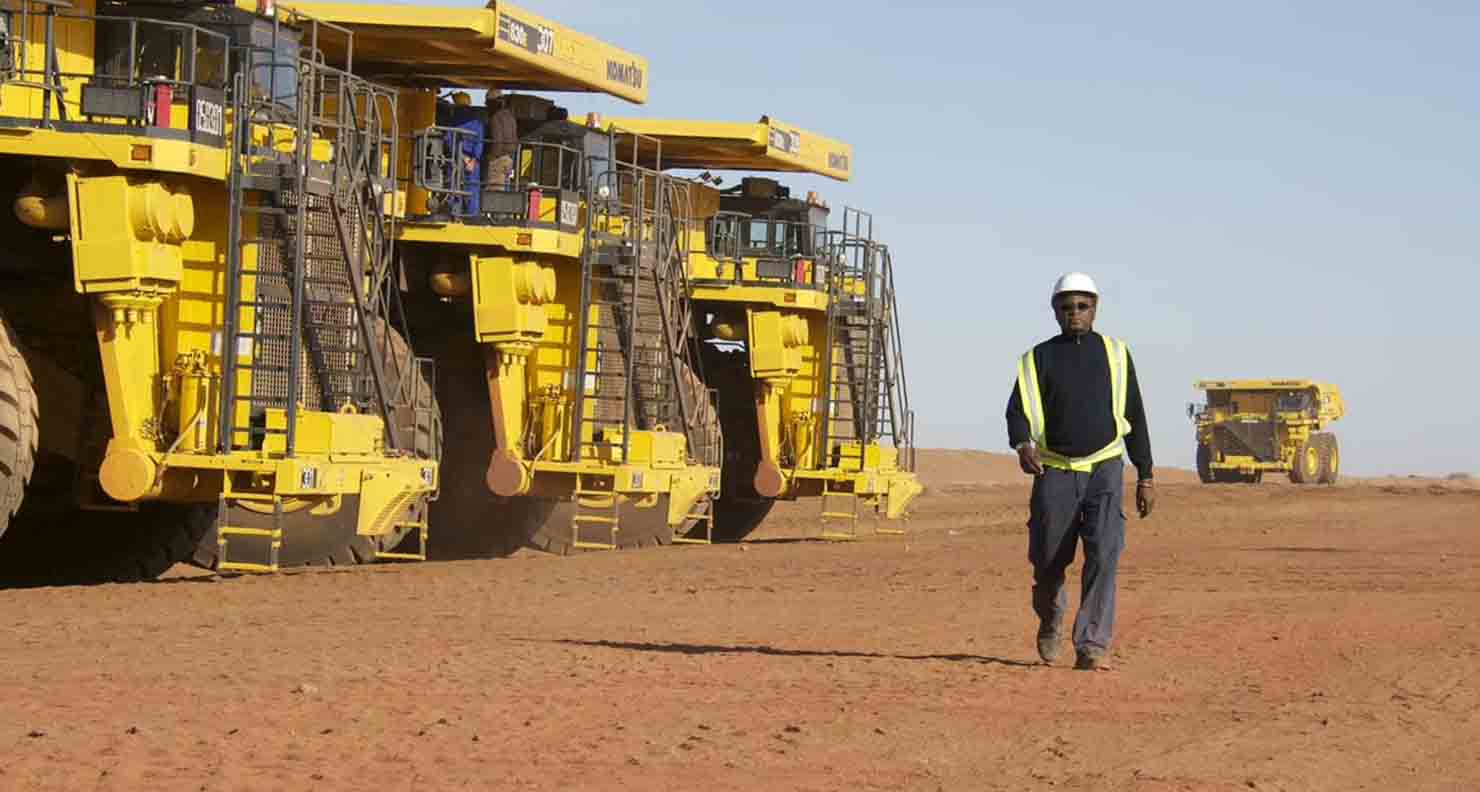Natural Resources
The combination of these two concepts allows, in space and at a precise time step, to identify the modifications undergone by the environment. This result may be a trend towards re-greening (improved vegetation cover) or desertification in light of human activities and / or current climate change. These two notions of greening / desertification, once developed, are scaled up to promote good practice and, on the other, to draw the attention of officials to the need to banish harmful practices For the maintenance of ecosystems. The approach put in place by the CILSS makes it possible to realize the state of the natural resources in the CILSS / ECOWAS space and consequently the way in which they are managed. Because where they are well managed, it is a guarantee of good production, even a good food security.
In addition, in certain areas degraded by wind erosion, water erosion or cultural practices, the tool put in place allows them to be easily retrieved so that appropriate (biological and / or physical) actions are taken to restore natural resources . These resources essential to agro sylvo pastoral productions including land, water resources (surface water, rainwater, etc.) and forests. Indeed, in order to produce, a farmer needs land whose quality allows him to return his investment with satisfactory levels of yield.



